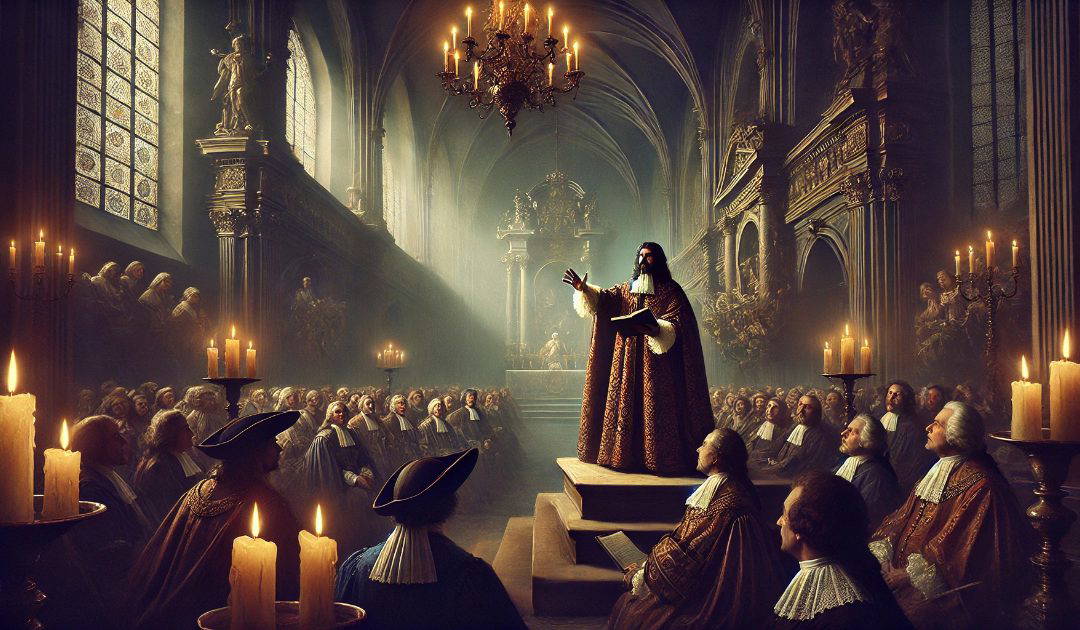The French state funeral for Henrietta Maria Princess of France took place on 16th November 1669. She is a child in my work in progress, The Favourite Murder, the fifth book in The Sir Anthony Standen Adventures. Her elder sister Elizabeth has just been married off to King Phillip IV of Spain in exchange for Anne of Austria as bride for Louis XIII.
Henrietta Maria of France, born in 1609, was a pivotal figure in English history as the wife of King Charles I. Daughter of King Henry IV of France and Marie de’ Medici, she was a Roman Catholic, which made her marriage to the Protestant King Charles I controversial and politically charged. Their union in 1625 was largely arranged for diplomatic reasons, aiming to strengthen England’s alliance with France.
Henrietta Maria’s Catholic faith heavily influenced her role in England. Her religion put her at odds with the Protestant majority, and she was initially distrusted by the English public and Parliament. In fact, her open Catholicism became a point of contention throughout her life, fueling anti-Catholic sentiment and rumours of foreign influence at court. Despite these obstacles, Henrietta Maria wielded considerable influence over Charles, particularly as their relationship deepened. She was fiercely loyal and defended his policies, even when they alienated him from his subjects.
Henrietta Maria’s involvement in politics was significant. She was an active advisor to Charles, often pushing for policies that were more aligned with her views and her Catholic faith. As tensions between Charles and Parliament escalated, especially concerning religious and financial issues, Henrietta Maria’s influence became more pronounced. During the English Civil War (1642–1651), she played a crucial role in supporting the royalist cause. She traveled to the continent to raise funds and weapons, even personally appealing to her French relatives and other Catholic supporters for assistance. Her efforts helped Charles, though ultimately they weren’t enough to save the monarchy.
The war took a heavy toll on Henrietta Maria. She eventually fled to France in 1644 for safety, as the royalist cause was failing. After Charles’s execution in 1649, she remained in France, devastated by his death but determined to protect her children’s rights. In the years that followed, she supported her son Charles II’s attempts to reclaim the throne, which succeeded with the Restoration of 1660.
Henrietta Maria returned to England briefly after the monarchy was restored but spent her later years in France. Her legacy is complex: she was a devoted wife and mother, yet her influence added fuel to the divisions that led to the English Civil War and her husband’s downfall.
The oration delivered by Bishop Jacques-Bénigne Bossuet at her funeral highlighted her piety, resilience, and suffering. Bossuet praised Henrietta Maria’s unwavering faith, especially in the face of immense personal loss and adversity. He depicted her as a martyr-like figure, enduring trials for her Catholic beliefs and loyalty to her family.
Bossuet emphasized her sacrifices, recounting her devotion to her husband, King Charles I, whom she supported tirelessly even as he was executed and England descended into turmoil. He also praised her dedication to her children, particularly her efforts to restore her son Charles II to the throne. Bossuet framed Henrietta Maria’s life as one of tragic nobility, marked by steadfast faith amidst relentless suffering.
In this oration, Bossuet portrayed her not only as a queen but as a devout Catholic who had suffered persecution with grace. His words conveyed both admiration and sorrow, reflecting the high regard in which she was held by the French court. Bossuet’s oration remains notable for its eloquence and for immortalising Henrietta Maria as a symbol of royal endurance and piety.

